AI FOR MISSION-CRITICAL APPLICATIONS
WHY

A long time ago, to move faster and to help relieve themselves from heavy jobs, Humans invented the wheel.

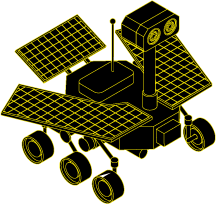
In the last decade, we have developed AI to complement our brains, to go further, and open new horizons.
And yet, to conquer the most complex and challenging opportunities, AI must be reliable and able to deliver in mission-critical applications.
Today, Mentium brings the most dependable AI at the Edge, providing co-processors capable of Cloud-quality inference at ultra-low power to tackle the most complex and critical AI applications.

AIM TECHNOLOGY

- Hybrid in-memory and digital computation
- 100x the speed and 50x efficiency of current state-of-the-art solutions, without compressing DNN models
- Not just faster or more efficient, but best AI quality and dependability at the EDGE
- No external memory needs to be added
- Bolt-on solution for existing systems
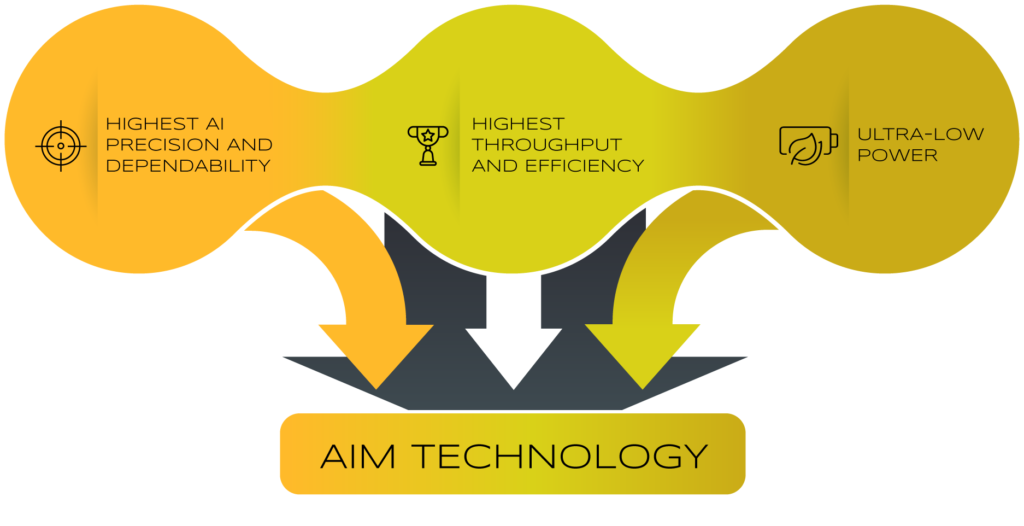
MarketS

AIM Technology redefines the limits
Smart Security Cameras
Lorem ipsum dolor sit amet, consectetur adipiscing elit. Ut elit tellus, luctus nec ullamcorper mattis, pulvinar dapibus leo.
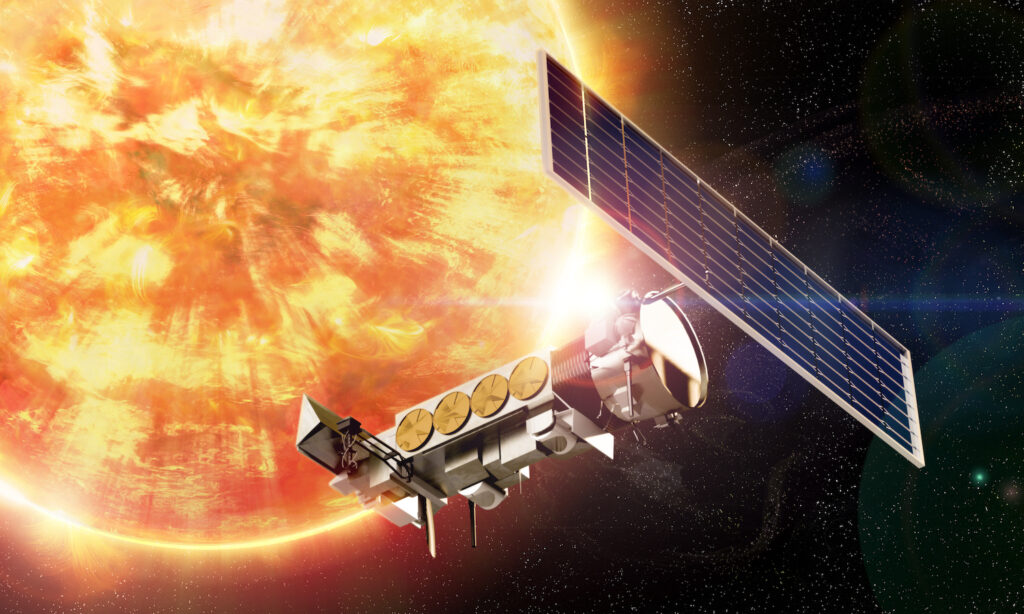
Space Edge
Lorem ipsum dolor sit amet, consectetur adipiscing elit. Ut elit tellus, luctus nec ullamcorper mattis, pulvinar dapibus leo.

Robotics
Lorem ipsum dolor sit amet, consectetur adipiscing elit. Ut elit tellus, luctus nec ullamcorper mattis, pulvinar dapibus leo.
PartnerS

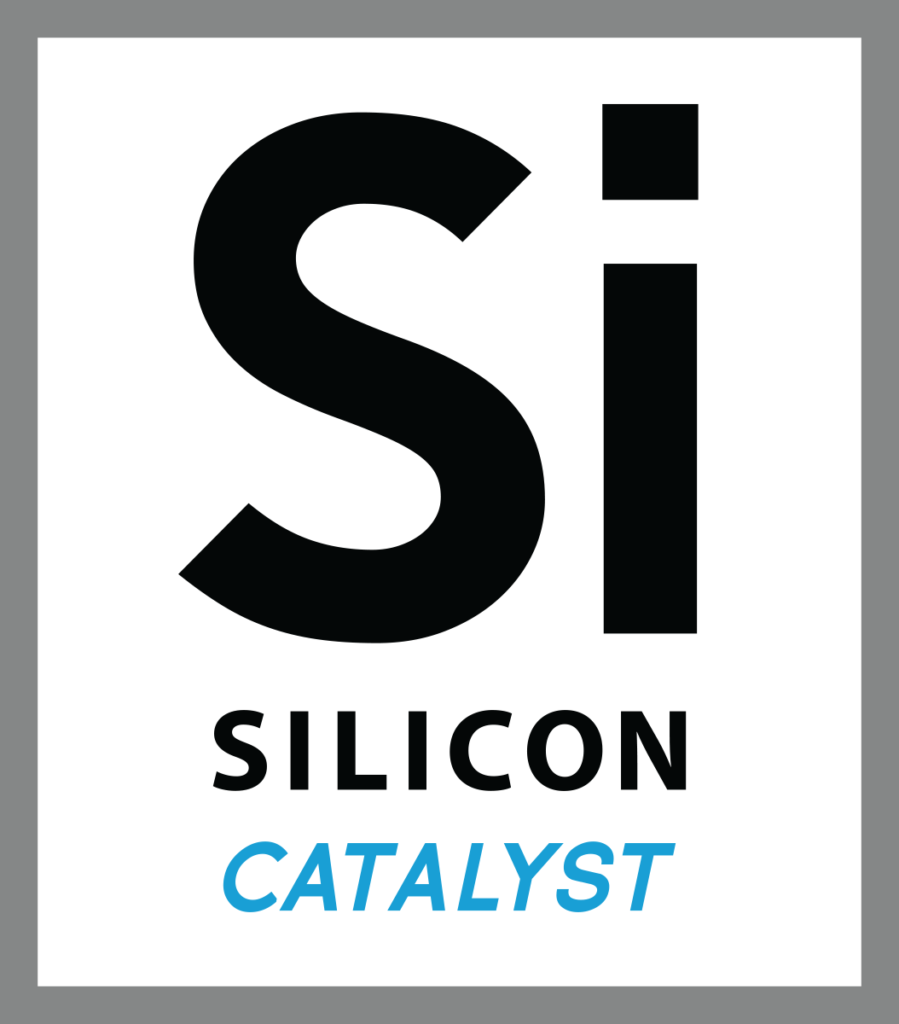



News


Mentium is working on a suborbital test flight with NASA
Mentium is developing a test AI system to be launched…
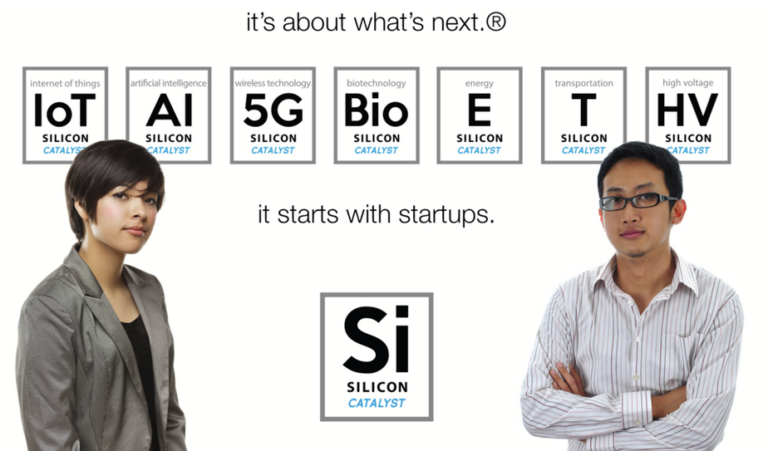
Mentium presents at the 2022 Fall Silicon Catalyst meeting
Silicon Catalyst has invited the Mentium team to present at…

NASA selects Mentium to develop AI tech for Lunar exploration
Mentium has been awarded a contract for adapting the AIM…

Our CEO, Mirko Prezioso, interviewed by Nature Communications
The world-renowed journal Nature Communications asked our CEO Mirko Prezioso…
Team

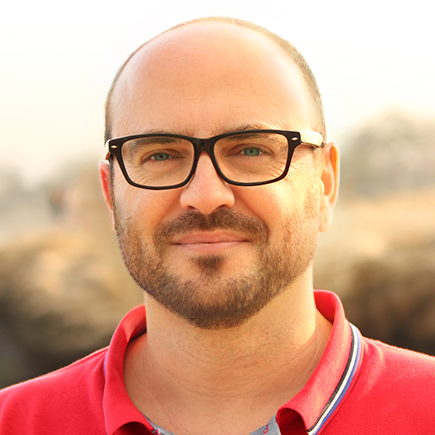
DR. MIRKO PREZIOSO
CEO
Mirko’s background is in theoretical condensed matter physics, he has a long experience in experimental semiconductor physics, device fabrication and their simulation.
With an extensive experience in neuromorphic computation and Neural Networks, he was the lead scientist for the first demonstration of neuromorphic hardware based on integrated memristors.
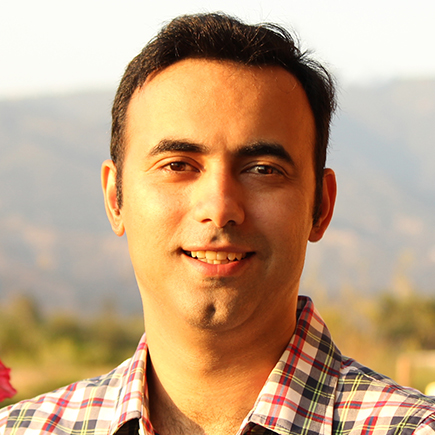
DR². FARNOOD MERRIKH BAYAT
CTO

Paul Daniel
CFO
Mr. Paul Daniel, Chief Financial Officer, Paul Daniel has over 30 years of experience as a CFO. He started his career as an auditor with Peat Marwick Mitchell (now KPMG). After earning his CPA, he moved into private industry and has held management positions in finance and operations since 1981. He has been CFO of several companies in a range of industries, including scientific test instrumentation, telecommunications, power conversion, computer resales, and cut flowers. Paul also co-founded a high technology startup that was successfully sold to an industry leader. As VP of Operations of an internet communications company, he branched out of finance and grew the operations team during a 5-year period of substantial growth. This company was successfully sold to a multi-national telecommunications company. For the past ten years, he has been President of Gibraltar CFO Services LLC, which provides outsource CFO services to small business that do not need a full time CFO. He currently serves clients in a variety of industries, including in high technology, information services, software development, SaaS, and communications. He brings a passion for business that leads to a better understanding of a business’s finances, and to better decision making.

MARK ROSS
VPoE

PAUL PICKERING
MARKETING AND SALES

PROF. JOHN BOWERS
BOARD MEMBER
John E. Bowers holds the Fred Kavli Chair in Nanotechnology, and is the Director of the Institute for Energy Efficiency and a Professor in the Departments of Materials and Electrical and Computer Engineering at UCSB. He is a cofounder of Aurrion, Aerius Photonics and Calient Networks. Dr. Bowers received his M.S. and Ph.D. degrees from Stanford University and worked for AT&T Bell Laboratories and Honeywell before joining UC Santa Barbara. Dr. Bowers is a member of the National Academy of Engineering and the National Academy of Inventors. He is a fellow of the IEEE, OSA and the American Physical Society, and a recipient of the IEEE Photonics Award, OSA Tyndal Award, the OSA Holonyak Prize, the IEEE LEOS William Streifer Award and the South Coast Business and Technology Entrepreneur of the Year Award. He has published eight book chapters, 700 journal papers, 900 conference papers and has received 64 patents. He and coworkers received the EE Times Annual Creativity in Electronics (ACE) Award for Most Promising Technology for the hybrid silicon laser in 2007.

CRAIG ENSLEY
BOARD MEMBER
Craig consistently delivers significant shareholder value.
He built two businesses from pre-revenue to $300-400M sales. Craig served as SVP of a public company (Cirrus Logic) where he helped lead a successful $1 billion turnaround & restructuring. Most recently he has been the CEO or President of three venture-backed companies (Atomica, Displaylink, and pSemi) which he repositioned, drove significant revenue growth, created first profitability, and in each case delivered superior shareholder returns.
Craig has helped lead M&A and integration of 5 acquisitions and has negotiated 5 divestitures. He was the lead executive as plaintiff 5 times on successful intellectual property litigation. At least 10 leaders he hired and mentored have grown to become CEOs.
Craig has raised or helped raise ~$150M venture capital and >$600M on public equity markets. He served as the primary representative to shareholders, both buy-side and sell-side equity analysts, and investment bankers for a large public company. he established device physics laboratories globally. He was also Chief Operating Officer of Smart Machines, Inc., a semiconductor equipment automation company.

GEORGE JONES
ADVISOR
George Jones is an investment banker and angel investor. He focuses on hard tech, semiconductors, embedded software, renewable energy, batteries, and energy storage. He is currently Executive Director at Woodside Capital Partners.
Prior to Woodside, he served in general management, sales, and marketing roles at public and private companies including five startups. He is a founding member of Sand Hill Angels, a leading angel investment group in Silicon Valley where he has served as a board member and leader over the years.
Mr. Jones earned an MBA at Wharton and a Bachelor of Electrical Engineering degree from Georgia Tech.
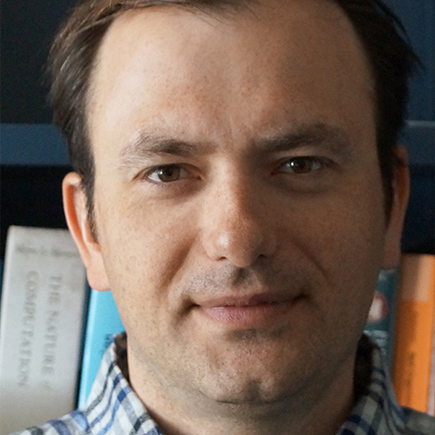
PROF. DIMITRI STRUKOV
CO-FOUNDER
Dimitri B. Strukov received the M.S. degree in applied physics and mathematics from the Moscow Institute of Physics and Technology, Moscow, Russia in 1999, and the Ph.D. degree in electrical engineering from Stony Brook University, Stony Brook, NY, USA, in 2006. He is currently a Professor of Electrical and Computer Engineering at University of California at Santa Barbara. Prior to joining UC Santa Barbara, Dr. Strukov worked as a postdoctoral associate at Hewlett Packard Laboratories on various aspects of nanoelectronic computing systems. His research broadly concerns different aspects of computation, addressing computation efficiency on various levels of abstraction, and spans across different disciplines including material science, device physics, circuit design, high level computer architecture, and algorithms with the emphasis on the emerging device technologies. In the past several years, his major focus was on metal-oxide memristors and floating-gate circuits for neurocomputing. His group was the first to demonstrate pattern classification task with memristor crossbar circuits and redesigned NOR flash memory. Dr. Strukov has received 14 patents and published more than 100 original research publications, which have won best paper awards on multiple occasions.
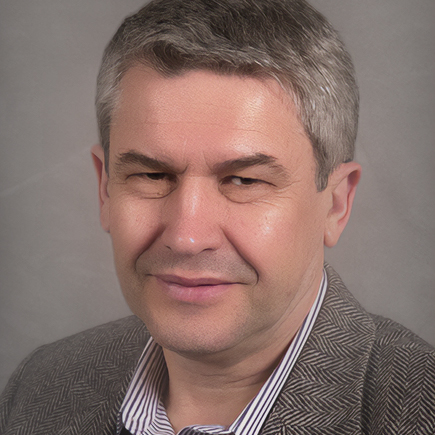
PROF. KONSTANTIN LIKHAREV
CO-FOUNDER
Konstantin K. Likharev received the Candidate (Ph.D.) degree in Physics from the Lomonosov Moscow State University, Russia in 1969, and the habilitation degree of Doctor of Sciences from the Higher Attestation Committee of the U.S.S.R. in 1979. From 1969 to 1988 Dr. Likharev was a Staff Scientist of Moscow State University, and from 1989 to 1991 the Head of the Laboratory for Cryoelectronics of that university. In 1991 he assumed a Professorship at Stony Brook University (Distinguished Professor since 2002). During his research career, Dr. Likharev worked in the fields of nonlinear classical and dissipative quantum dynamics, and solid-state physics and electronics, notably including superconductor electronics and nanoelectronics. His current research interests are in the architecture and nanoelectronic implementation of high-performance neuromorphic networks. Dr. Likharev is an author of more than 350 original publications, 80+ review papers and book chapters, 2 monographs, an online lecture note series “Essential Graduate Physics”, and several patents. He is a Fellow of the APS and IEEE.

CAREERS
At Mentium we are developing the next generation of Artificial Intelligence processors. We are always interested in smart resourceful and dynamic people, so feel free to shot an email to the address below if you are one of them!
CONTACT US

